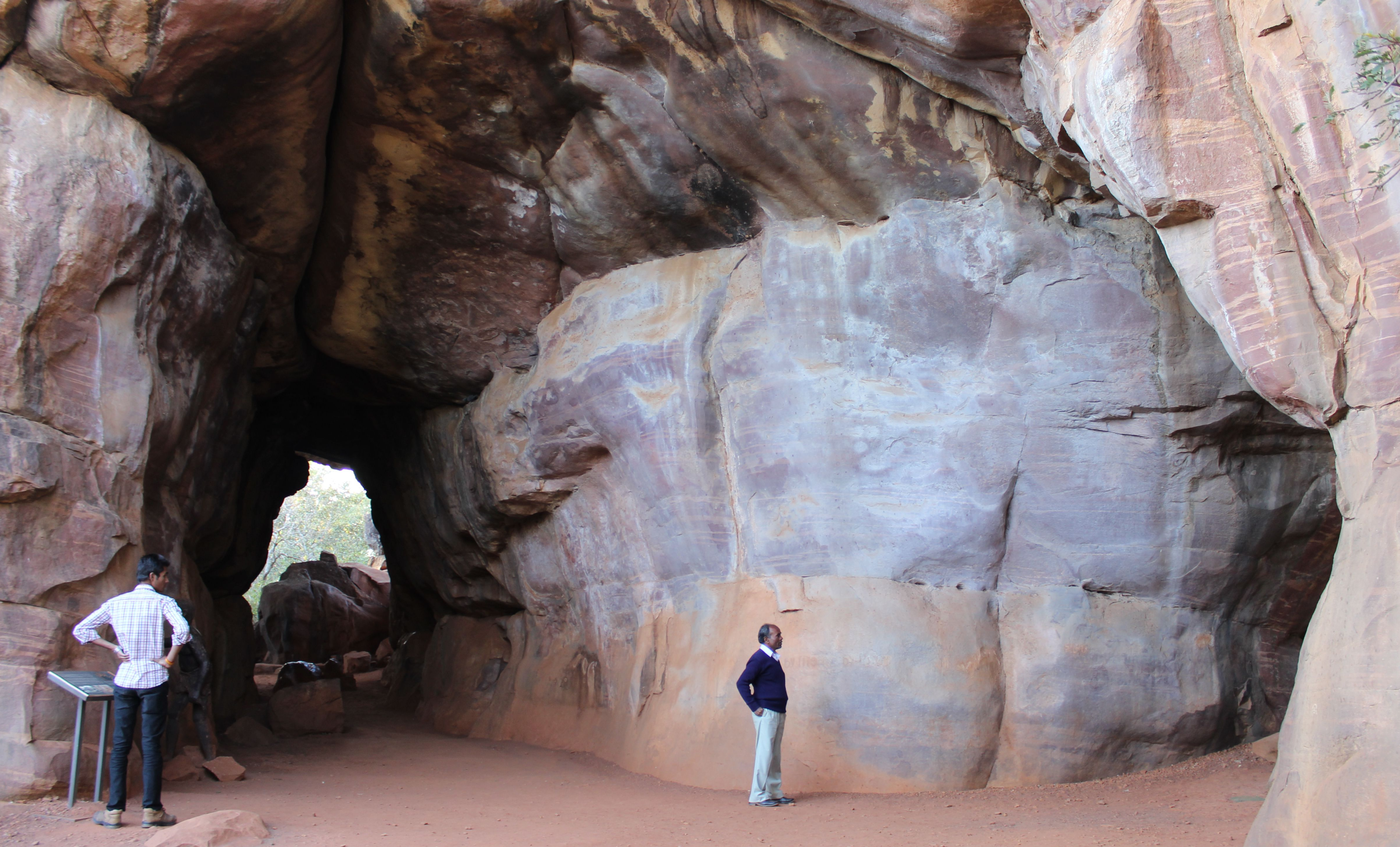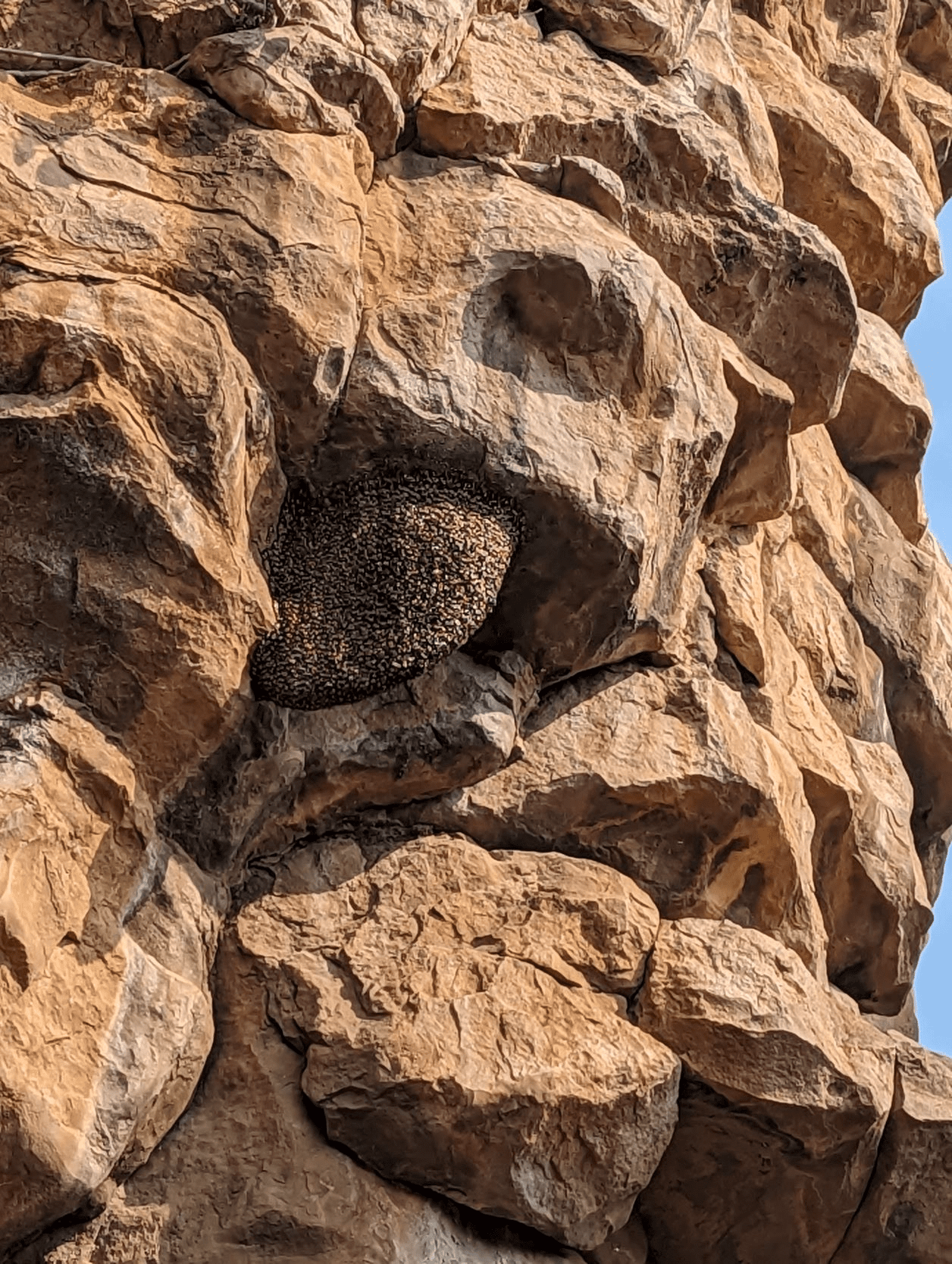Possibly the hardest part of being a good scientist is admitting when you’re wrong – particularly when you are very, very wrong. So full credit to Professor Gregory Retallack of the University of Oregon and team who published a paper that turned out to be wrong by a factor of more than a hundred million, and have now admitted their error.
The further back in time one goes, the harder it is to work out where the continents once lay, but unraveling the mystery is an important part of understanding the Earth’s deep past. So the report in 2020 in the journal Gondwana Research of a fossil that would fill in one of the most important gaps created great excitement, particularly because it came with a story of turning lemons into lemonade.
Alas, a new paper in the same journal has revealed the claim was wrong to a rather spectacular extent, as the authors of the original paper have gracefully acknowledged.
The story began in 2020, when a team of geologists was visiting India to attend a conference. Like so much else that year, the event was canceled, so the team decided not to waste their journey and instead spent time in the (relatively) open air looking at rocks.
The rocks they studied were in the Bhimbetka Rock Shelters, a site near Bhopal known for its sandstone cave art, but whose geological age is uncertain. There the authors reported a Dickinsonia fossil, a primitive animal that has never before been found in India.

The Bhimbetka Rock Shelters’ entrance. The absence of fossils makes the stones hard to date. Image Credit: Joe Meert
Dickinsonia are regarded as the first animals, but before too long were displaced by more advanced organisms. Its presence would thus indicate the Shelters were laid down around 550 million years ago, with important implications for the age of India in general. The announcement attracted widespread attention in scientific and mainstream media alike.
Sadly, when Professor Joseph Meert of the University of Florida and colleagues visited the same site in December 2022, they noticed this important specimen had degraded. Granted, it would not have been exposed to the air for all the half-billion years since Dickinsonia flourished, but it still seemed odd a fossil would last so long, only to decay so fast.
“As soon as I looked at it, I thought something’s not right here,” Meert said in a statement. “The fossil was peeling off the rock.” On further investigation, Meert realized the specimen was no Dickinsonia, but a hive for giant honeybees, like many others in the area. Rather than having been buried deep in the rock and only exposed recently through erosion, the hive was attached to the surface.
The paper Meert and co-authors have now published pointing this out bears the title. “Stinging News: ‘Dickinsonia’ discovered in the Upper Vindhyan of India not worth the buzz.” Sweeter than honey is a good pun and a paper completed and published in less than two months.
Retallack and co-authors of the original paper are submitting a comment acknowledging their error.
The question of when the rocks were laid down is unresolved, since many dating methods don’t work with these kinds of sediments. Nevertheless, the new paper points to evidence of an age of around 1,000 million years, nearly double what a real Dickensonia fossil would imply, based on radioactive decay of zircons and magnetic orientation.

Hives like this from the giant honey bees dot the cliffs around the site, and look like Dickensonia as they age. Image Credit: Joe Meert
Other scientists hold to an age that would make Dickensonia fossils, or some of their unicellular predecessors, plausible.
Anti-science rhetoric likes to point to examples like this to undermine credibility on more politicized topics, for example vaccine safety or climate change. Yet it is the willingness of people like Retallack to admit their mistakes when new evidence emerges that shows science working as it should, even if it is rarer than it should be.
Both the original and new paper are open access in Gondwana Research
Source Link: “Fossil” That Rewrote Indian Geologic History Is Actually A Very Recent Beehive